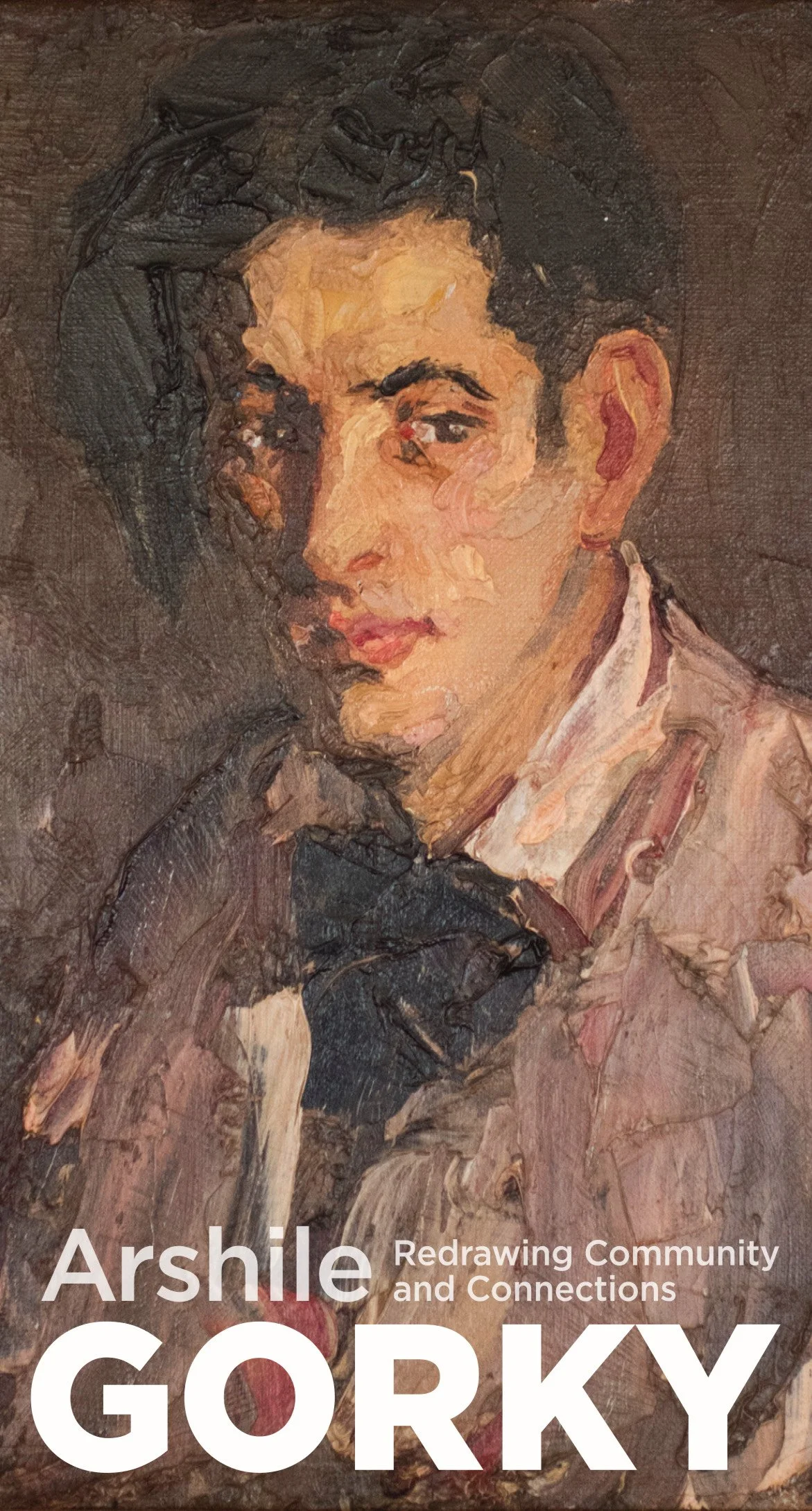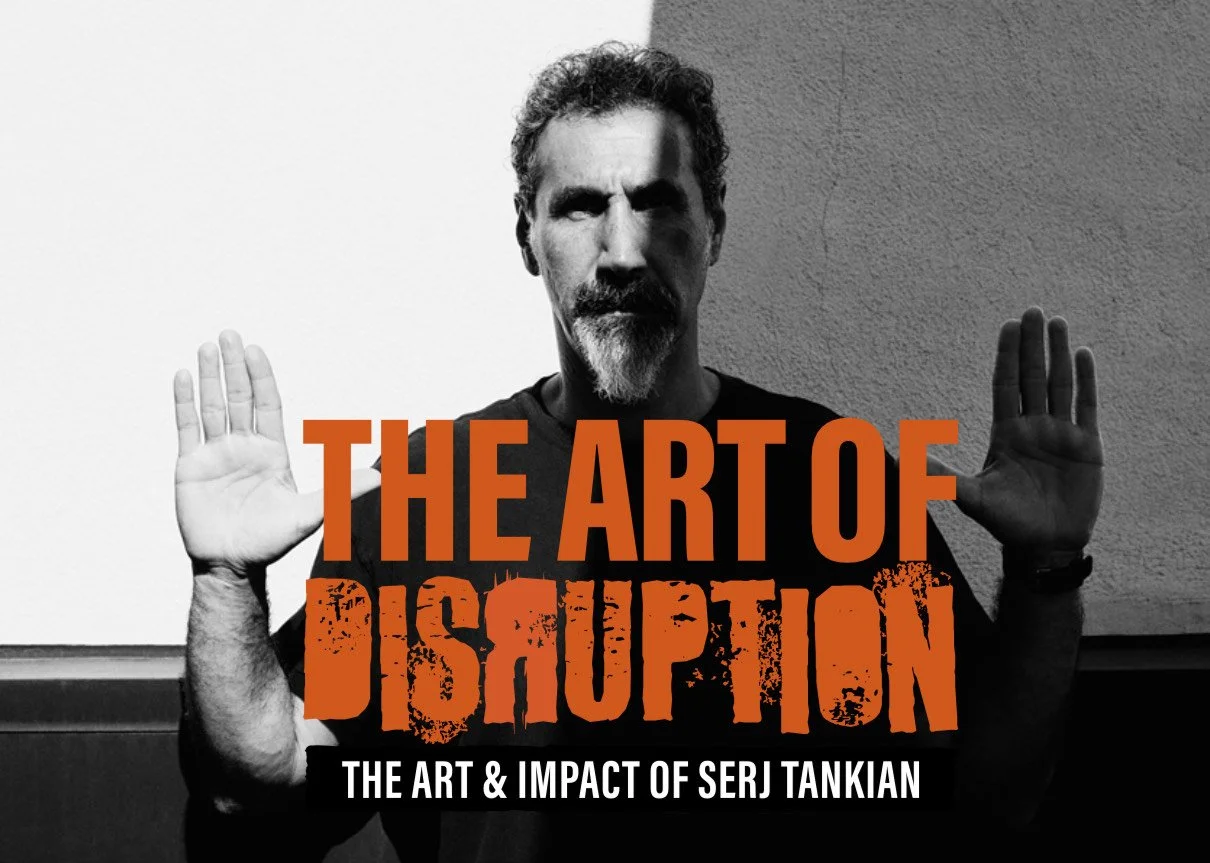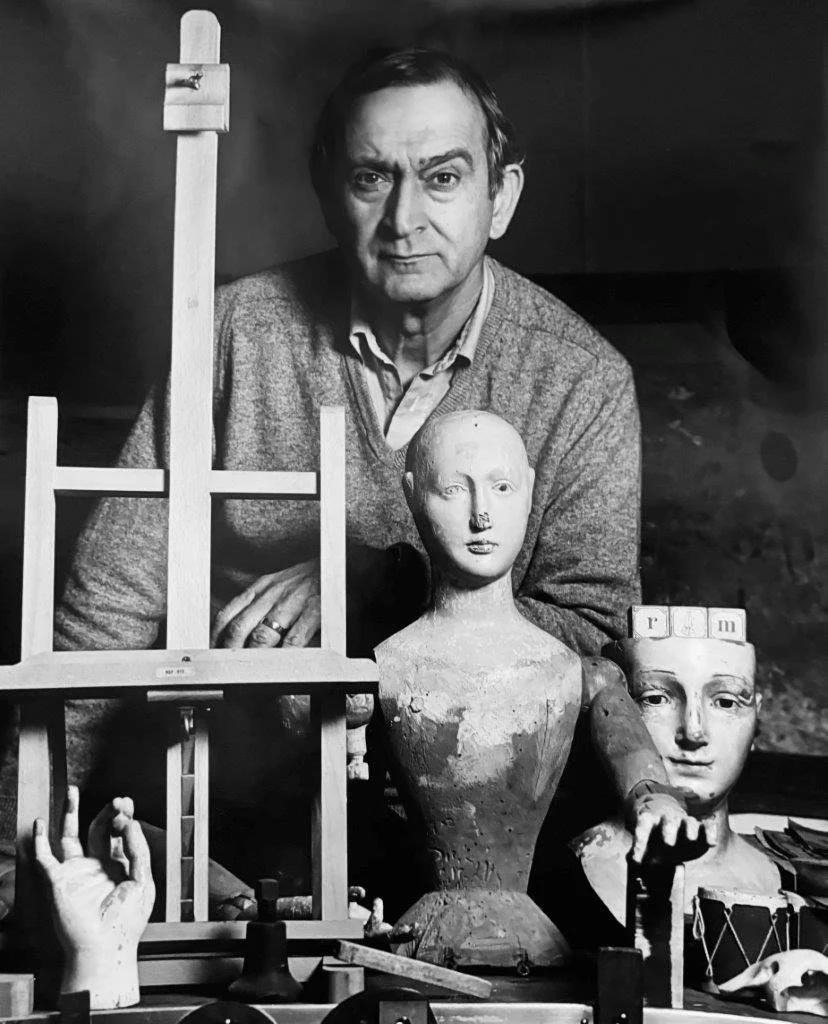News
Art Collector/Attorney Yelena Ambartsumian Joins AMA Board of Trustees
We are proud to extend a warm welcome to Yelena Ambartsumian as the newest member of the Board of Trustees of the Armenian Museum of America in Watertown, MA.
A dynamic professional, Yelena brings a combination of professional expertise, cultural advocacy, and a passion for supporting artists. As the founder of AMBART LAW plc., a New York–based law firm focused on privacy law, AI governance, and art law, she has established a distinguished career at the intersection of law, technology, and creative expression. An active Museum member, Yelena has been featured in The New York Times for her passion for collecting artwork by emerging contemporary artists.









